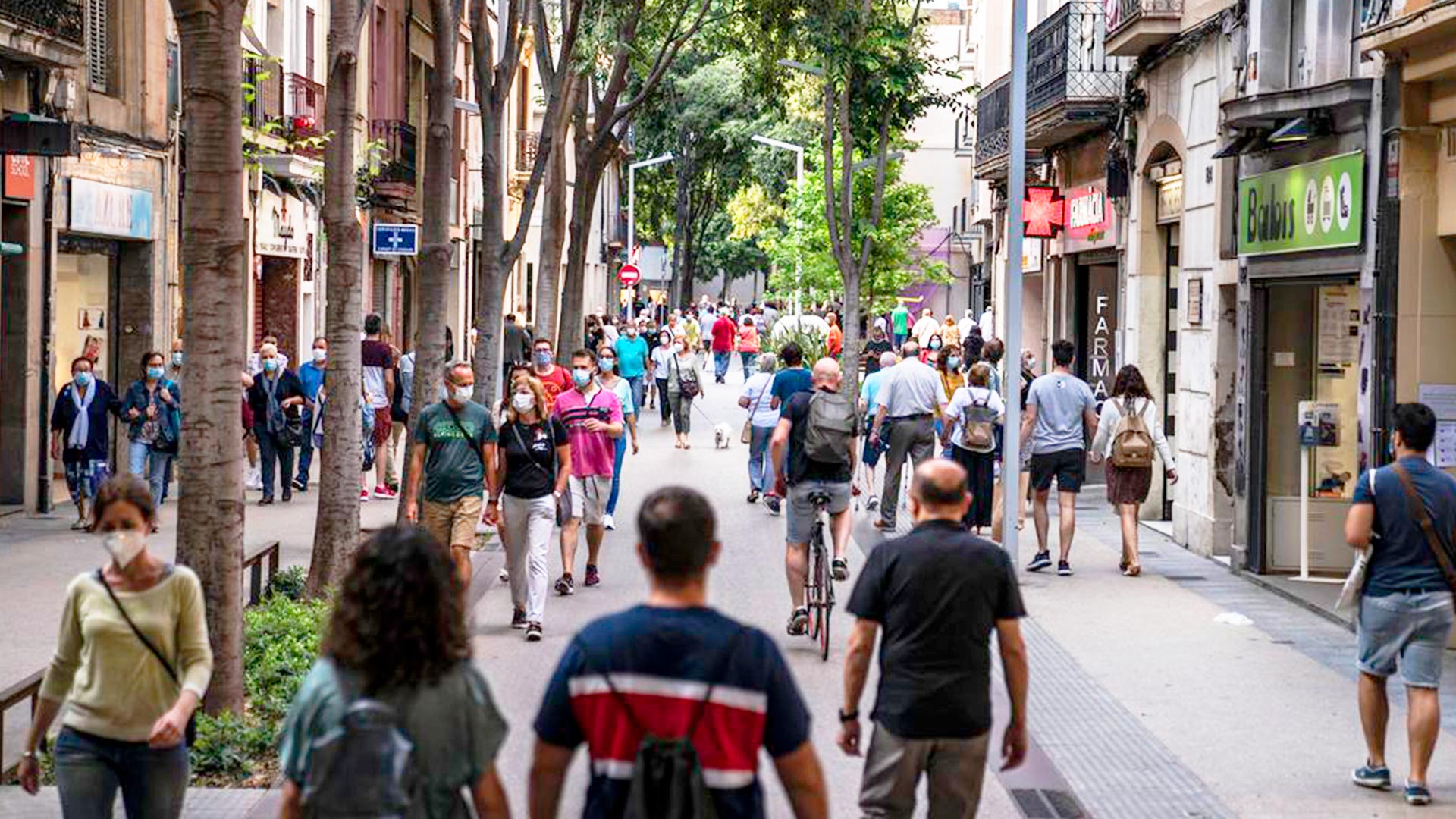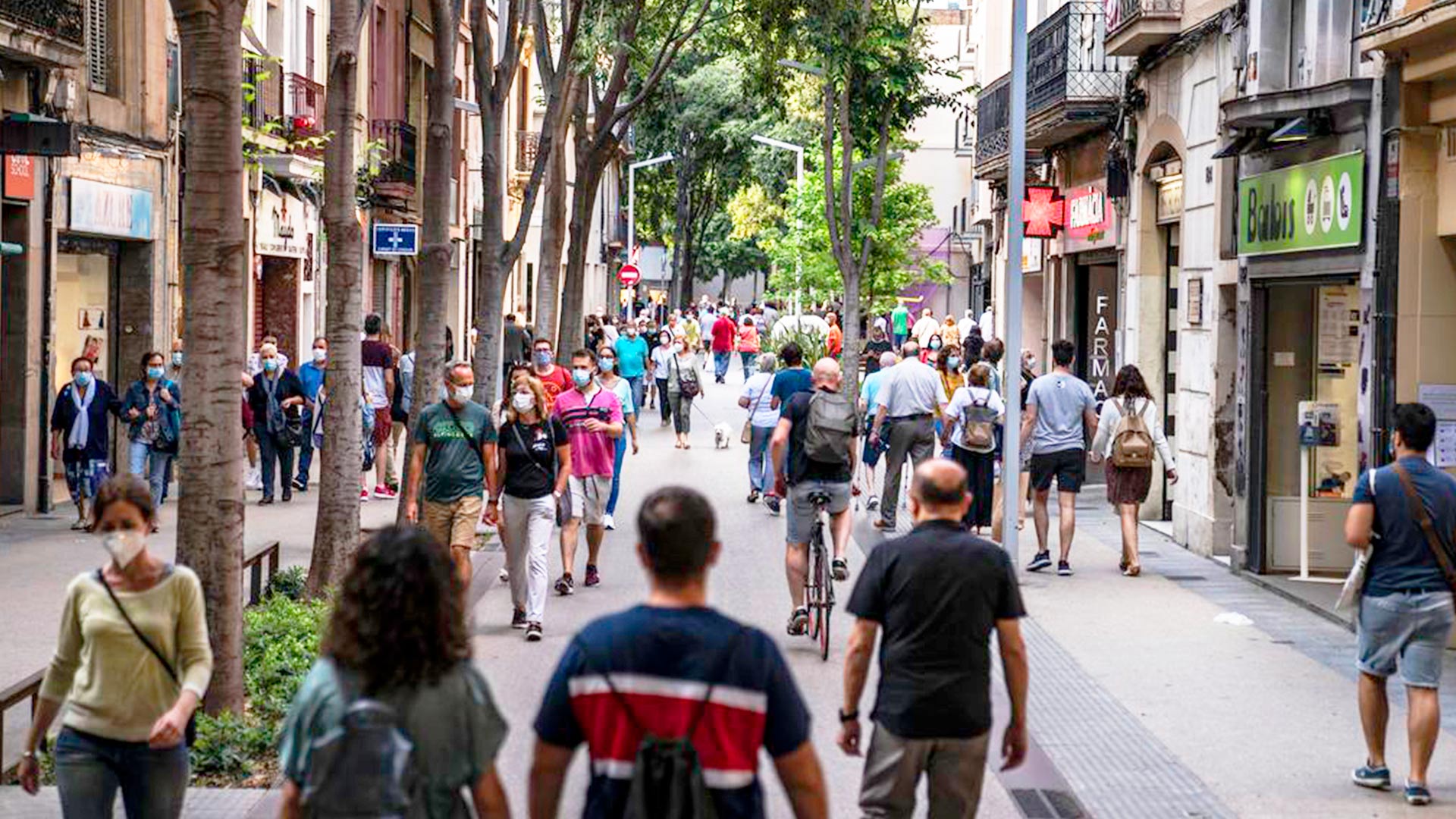In recent decades, Barcelona has made notable progress in improving the city's neighbourhoods and infrastructures, but there are still vulnerable areas and neighbourhoods that suffer major urban-planning deficits.
With the aim of intervening in these areas of the city, the City Council has worked to identify, from a cross-cutting perspective and based on various cross-analysed criteria, those areas that need a comprehensive urban improvement which tackles the various aspects required in order to achieve the desired comprehensive improvement.
Furthermore, there are also a series of locations in city neighbourhoods that have become enclosed, opaque spaces and, in most cases, they are under-used and disconnected from the city. Now is the time to regenerate them and return them to the city and the neighbourhoods, through various programmes that provide housing, facilities and economic activities in continuity with the surrounding urban structure.
ACTIONS
IMPROVING NEIGHBOURHOODS AND SITES
Improvement in the neighbourhoods
-
Comprehensive nature
The urban regeneration programme in Trinitat Vella brings together a series of initiatives for improving local residents’ habitability conditions.
-
More habitability and more life
The aim behind the regeneration programme in this Sant Martí neighbourhood is to optimise urban space and the housing stock’s habitability conditions.
-
New spaces
Redevelopment and improvement of the Canyelles block interior, in an area measuring 13,416 square metres, in Carrer Miguel Hernández, Carrer Antonio Machado, Carrer Federico García Lorca and Ronda de la Guineueta Vella.
-
More greenery, better connected
The transformation of the area of the old Cases Barates del Bon Pastor will revitalise a 21,000-square-metre space where new green areas are to be created and connectivity improved.
-
Vision of the future
The aim of the Plan for the future of Can Peguera is to define what the neighbourhood model should be, to ensure the neighbourhood's existence and maintain its attributes.
-
Local network
Each of the project’s territorial units will cover a population of between 10,000 and 30,000 residents, who will have a top-quality care-work facility available to them, close to home.
Recognition and consolidation of historical fabrics
-
Identity value
The Special Plan for Protecting the Historical and Artistic Heritage of Vila de Gràcia’s Traditional Neighbourhoods incorporates new elements into the Heritage Catalogue.
-
Right to the city
Specific measures, such as Special Urban Development Plan for Tourist Accommodation (PEUAT) and the reserve of 30% protected housing, to achieve urban planning at the service of daily life which does not end up forcing local residents to leave their neighbourhoods.
Transformation of complexes
-
New uses
Totally renovated, the old Mercedes-Benz Factory maintains and reuses industrial buildings to offer productive activities and housing.
-
Urban metamorphosis
The conversion of the former prison complex aims to counteract the deficits of a very dense neighbourhood lacking green spaces and neighbourhood facilities.
-
Neighbourhood facilities
The renovation of the old factory complex will transform it into a centre for performing arts, cultural spaces and social housing.
-
A link between areas
Reconsidering this key space for Barcelona's economic life, to improve its relationship with its surrounding neighbourhoods and gain housing, facilities and public space.




